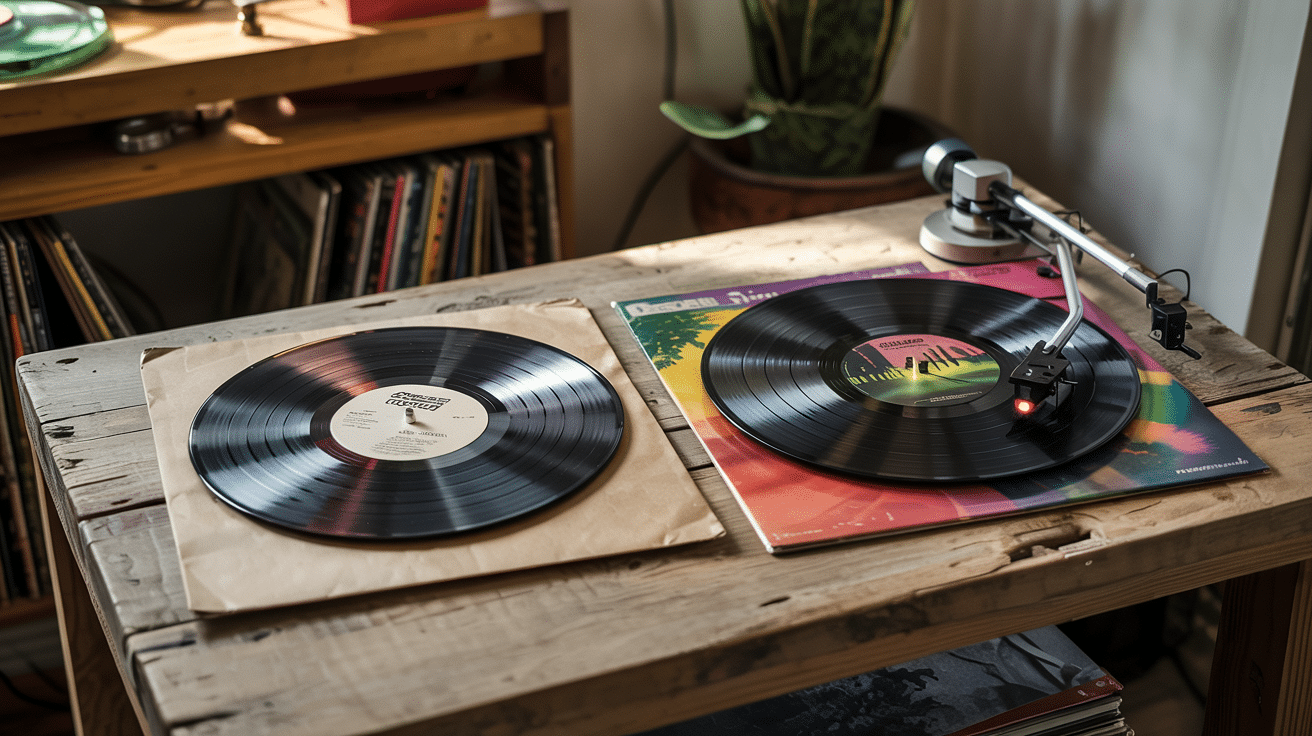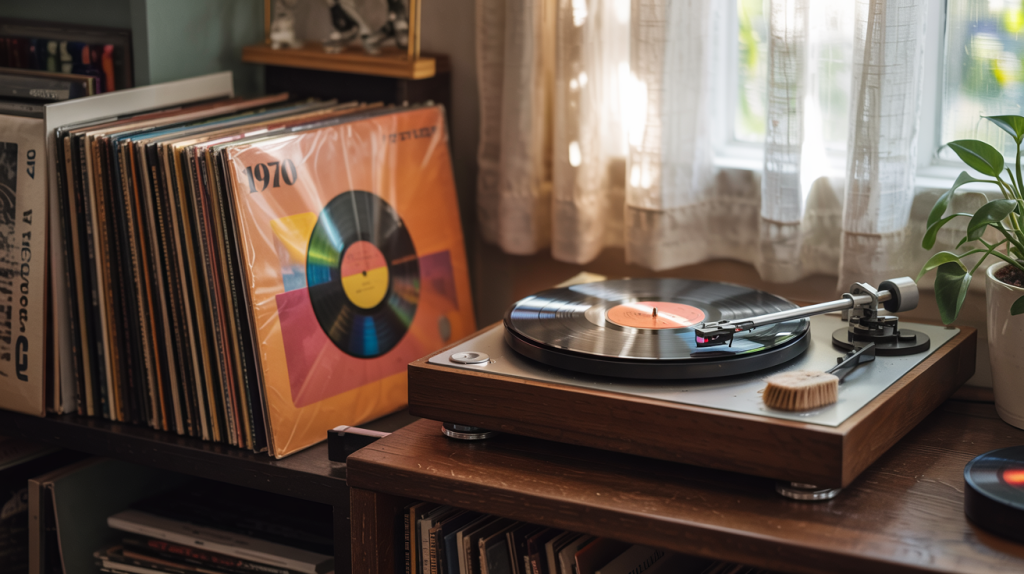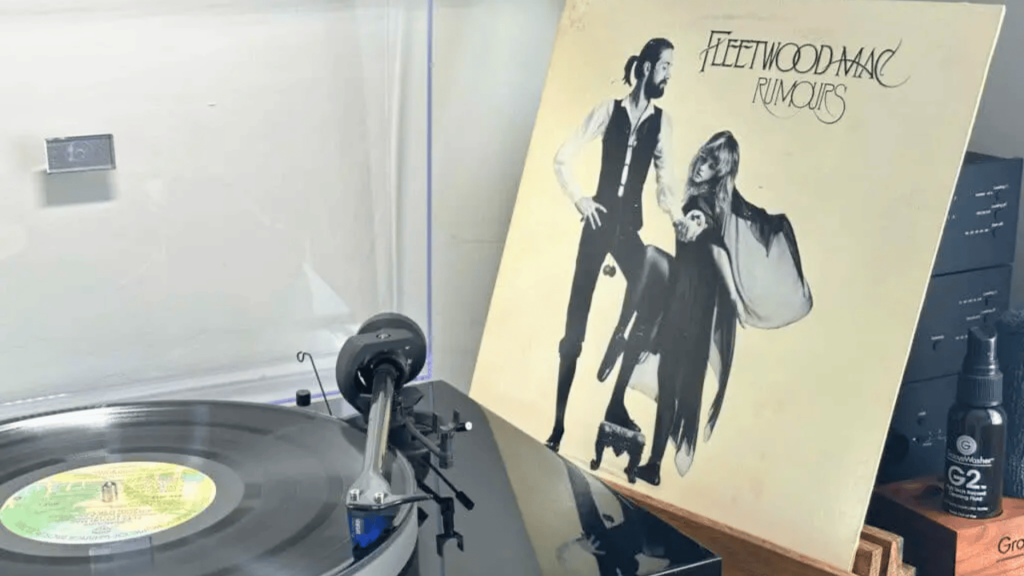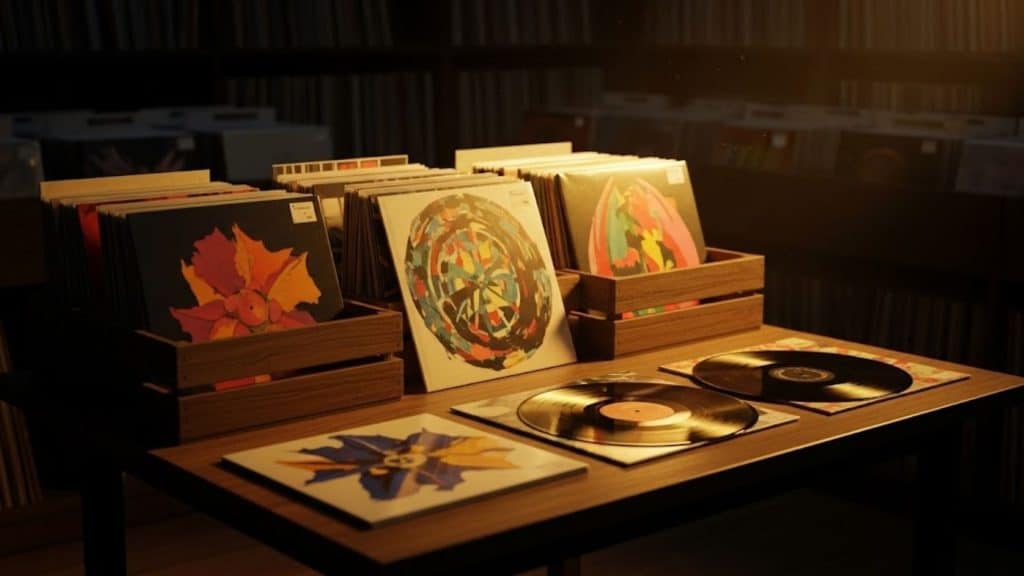Ever bought a vinyl record and wondered what a test pressing vinyl is?
Before pressing thousands of copies, record companies make a test pressing, a small batch of records used to check sound quality. It’s like a trial run. They listen closely for any distortion, skips, or flaws before approving the full production. Fixing mistakes afterward would be expensive, so this step matters a lot.
Here’s the fun part: test pressings are super rare, sometimes only five copies exist. That makes them valuable to collectors who crave hard-to-find music items.
Want to spot one? Look for blank labels, handwritten notes, or the words “test pressing” stamped on the vinyl or sleeve.
What is a Test Pressing Vinyl?
A test pressing is like a practice version of a vinyl record that gets made before the real thing. Think of it as the “rough draft” of your favorite album—except instead of being written on paper, it’s pressed onto vinyl.
These early versions look almost identical to regular records, but they’re made in tiny batches using the same equipment and process that will create the final product.
Test pressings usually come with plain white labels or simple typed labels instead of the colorful artwork you see on store copies.
They’re made from the same master recording that will be used for the final release, so the music quality should be identical. The main difference is that these are the very first records to roll off the production line, giving everyone a chance to spot any issues before it’s too late.
Why Do They Make Test Pressings?
The whole point is to make sure everything sounds good. Record companies need to ensure the music is perfect before investing heavily in producing thousands of copies.
During the test pressing stage, they listen for audio problems like weird sounds, skips, or crackling noises. They also look for physical problems like warped records or scratches that could mess up your listening experience.
It’s way cheaper to find problems early than to discover them after you’ve already made 10,000 records that sound terrible.
Who Gets These Special Records?
Test pressings go to a select group of influential individuals. Record company bosses get them to say “yes, this sounds good enough to sell.” The artist and their band listen to make sure their music sounds exactly right. This is their last chance to fix any problems before stores start selling the record.
Sound engineers get them too, so that they can double-check their work. They listen for technical problems that most people would overlook, like if the bass sounds weird or if some parts are too loud or quiet.
Sometimes music writers or radio DJs get copies early. This way, they can write reviews or play songs on the radio before anyone else can buy the album. It helps get people excited about the new music.
Characteristics of a Test Pressing
So what makes a test pressing different from the record you’d buy at the store? Let’s break it down.
- Super Limited Numbers: Test pressings are made in tiny amounts, usually less than 10 copies total. Sometimes there might be only 3 or 5 copies of the whole album! This isn’t like regular records, where they make thousands.
- Plain and Simple Look: Test pressings look pretty dull compared to regular albums. Instead of cool artwork and colorful designs, they have plain white labels with just basic info written on them.
- A Little Different from What You Buy: Here’s the cool part: test pressings might sound a bit different from what you get at the store. It’s like getting to hear the album before the artist makes their final changes.
These simple differences are exactly what make test pressings so special to collectors—they’re getting something truly one-of-a-kind.
How a Test Pressing Differs from Regular Vinyl
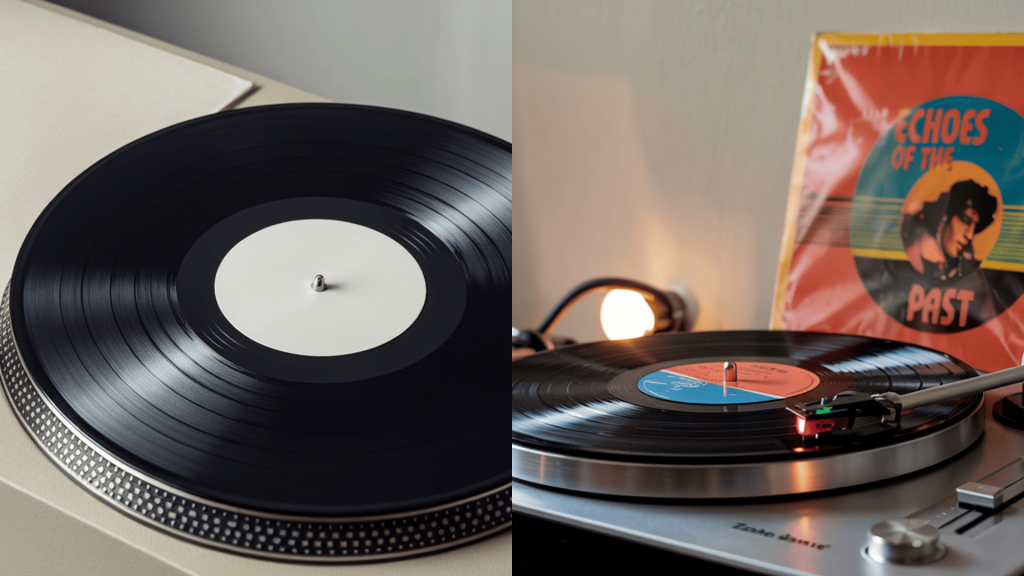
Ever bought a vinyl record and then heard about these mysterious “test pressings” that collectors go crazy for? You might be wondering what makes them so special compared to the album you just picked up at the store.
The differences are actually pretty easy to spot once you know what to look for.
| What’s Different | Test Pressing | Regular Vinyl |
|---|---|---|
| How Many Do They Make | Less than 10 copies (sometimes just 3 or 4) | Thousands or millions of copies |
| The Labels | Written by hand or blank white labels | Cool printed labels with artwork |
| The Cover | Plain white or brown sleeves | Pretty sleeves with pictures and info |
| Who Gets Them | Music company people, singers, sound guys | Anyone who buys them at stores |
| How They Sound | Good (made with fresh machines) | Good, but machines get worn out over time |
| Price | Not sold (given away for free) | Normal store prices |
| How Rare | Super rare right away | Easy to find everywhere |
| What They’re For | Testing before making lots of copies | Selling to music fans |
These simple differences make test pressings feel like secret treasures that only a few lucky people ever get to see or hear.
It’s like getting a sneak peek behind the scenes of how your favorite songs get made!
The Role of Test Pressing in Vinyl Production
Think of test pressing as the final check before that album you’ve been waiting for gets released to everyone.
It’s a really important step that can make or break whether your new favorite record sounds amazing or disappointing when you finally get to play it at home.
Making Sure Everything Sounds Good
Test pressings are like a safety check for making records. Before spending lots of money making thousands of albums, companies make just a few copies first to catch any problems.
It’s way smarter to find issues when you’ve only made 5 copies instead of finding out later that you made 5,000 bad records that sound terrible.
The Final Listen
This is where all the important people get to hear how the album will sound on a record player.
Sometimes music sounds different on vinyl than it does on a computer, so this step lets the singer, sound people, and record company check that everything sounds right.
Last Chance to Fix Things
After hearing the test pressing, artists might want to change small things. Maybe they want one song to be louder, or they notice something that doesn’t sound quite right.
This is their last chance to fix problems before they start making lots of copies.
Giving the OK
Once everyone says the test pressing sounds good, it’s like saying, “yes, let’s make thousands more.”
Without this step, record companies would be taking a big risk and might end up with albums that sound bad. It’s the final green light before full production kicks off.
So the next time you drop the needle on your favorite album and it sounds perfect, you can thank that little test pressing that made sure everything was just right before it reached your turntable.
How to Review a Vinyl Test Pressing

Getting your hands on a test pressing to review is super exciting, but you need to know what you’re looking for so you don’t miss anything important.
Here’s your step-by-step guide to doing it right, just like the pros do:
Equipment You’ll Need
- A turntable with a good cartridge and stylus
- Headphones
- Record cleaning brush and stylus cleaning brush
- Multiple test pressing copies
- Pen and paper
- The original digital version of the album
Follow the steps given below to review a vinyl test pressing:
- Get Everything Ready: Set up your turntable properly and make sure it’s aligned correctly. Clean your stylus with a brush and gently clean the record surface to remove dust or fingerprints that could cause fake problems.
- Do Your First Complete Listen: Put on headphones and play the entire record carefully from start to finish. Write down the exact time of any problems like ticks, pops, skipping, crackling, or muffled audio.
- Test Multiple Copies: Get a second test pressing and repeat the same careful listening process. Compare your notes to see if the same problems happen at the exact times on both records.
- Cross-Check Your Findings: Only focus on problems that show up on multiple copies in the same spots; ignore single-copy issues. Compare suspicious sounds to the original digital version to ensure they’re not intentional effects or sounds intended by the artist.
- Make Your Final Decision: If real problems appear on multiple copies, report them to the record company so they can fix the metal parts before mass production. If everything sounds good across all test copies, approve them.
Take your time with this process; your careful review could be the difference between thousands of music fans getting a perfect album or a disappointing one.
For a better reference and guidance, refer to the video below:
By now, you know how to assess a test pressing of vinyl. Also, make sure every groove gets the attention it deserves.
Wrapping It Up
Now you know what is a test pressing vinyl and why collectors love them. These plain records are a final sound check before albums hit the shelves.
Only a few exist, making them rare and exciting for collectors. Every great-sounding record likely had a test pressing first to catch any flaws.
Whether you’re new to vinyl or a longtime collector, knowing about test pressings helps you value the process behind each record.
Who knows, you might even find one at a garage sale or record shop. Want more vinyl tips? Explore other blogs on the website for more behind-the-scenes vinyl facts.

